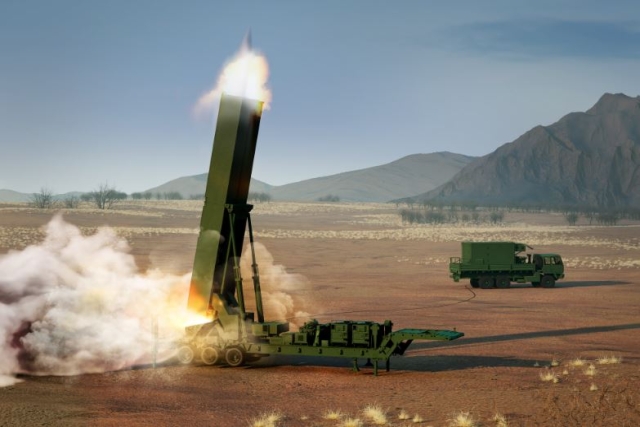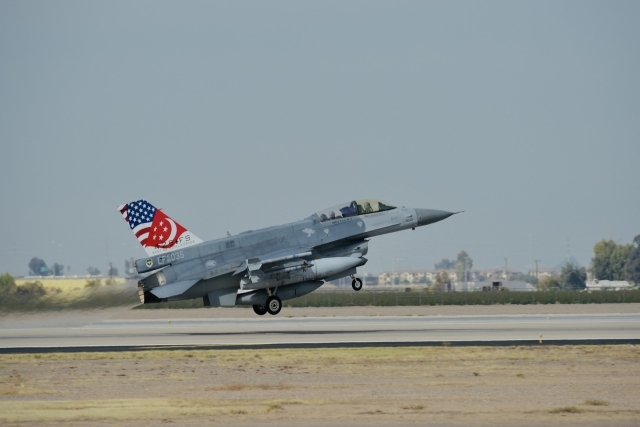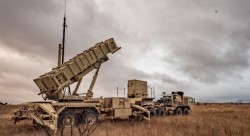South Korea Achieves Link-16 Independence with Localized Tactical Information Relay Technology
DAPA Develops Software for Real-Time Data Exchange in Joint Military Operations

The Defense Acquisition Program Administration (DAPA) has revealed the development of a 'tactical information relay technology' aimed at facilitating real-time sharing of surveillance and reconnaissance data acquired from the next-generation Link-16 terminal used by the Allied Forces.
The technology, which completed development testing and evaluation in December 2023, began as a core software technology development project supervised by the Agency for Defense Development in March 2021.
Link-16, a communication network facilitating the exchange of tactical data required for operations, has been a vital tool for military operations, similar to sending text messages from a mobile phone. The Multifunctional Information Distribution System (MIDS) and the Joint Tactical Radio System (JTRS) are crucial components of this network.
Previously, the absence of tactical information relay technology in South Korea necessitated reliance on overseas equipment to enable the sharing of tactical information between surveillance and reconnaissance assets and precision strike assets during joint operations of the Army, Navy, and Air Force, as well as joint operations of the Allied Forces.
With the successful development of the tactical information relay technology, South Korea now claims the capability to meet both operational requirements for its military and allied technology requirements related to Link-16 operation. The breakthrough enables the provision of large-capacity Link-16 tactical information in real-time to both the Korean military and allied forces. Moreover, the localization of the technology allows for swift maintenance during equipment operation, a notable advantage for operators.
The strategic implications extend beyond immediate operational benefits. The localization of tactical information relay technology opens the door to broader applications, including potential integration with other systems like the Korean Variable Message Format (KVMF). This could streamline the development process, reduce budgets, and mitigate risks associated with installing tactical data links in command-and-control systems and combat systems.
Senior civil servant Park Young-geun, head of DAPA's surveillance electronics division, outlined plans for the domestically produced tactical information relay device. After conducting operational tests and evaluations in 2024, the intention is to integrate it into the Korean military system. Additionally, there are aspirations to apply the technology to domestically developed weapon systems equipped with data links.










